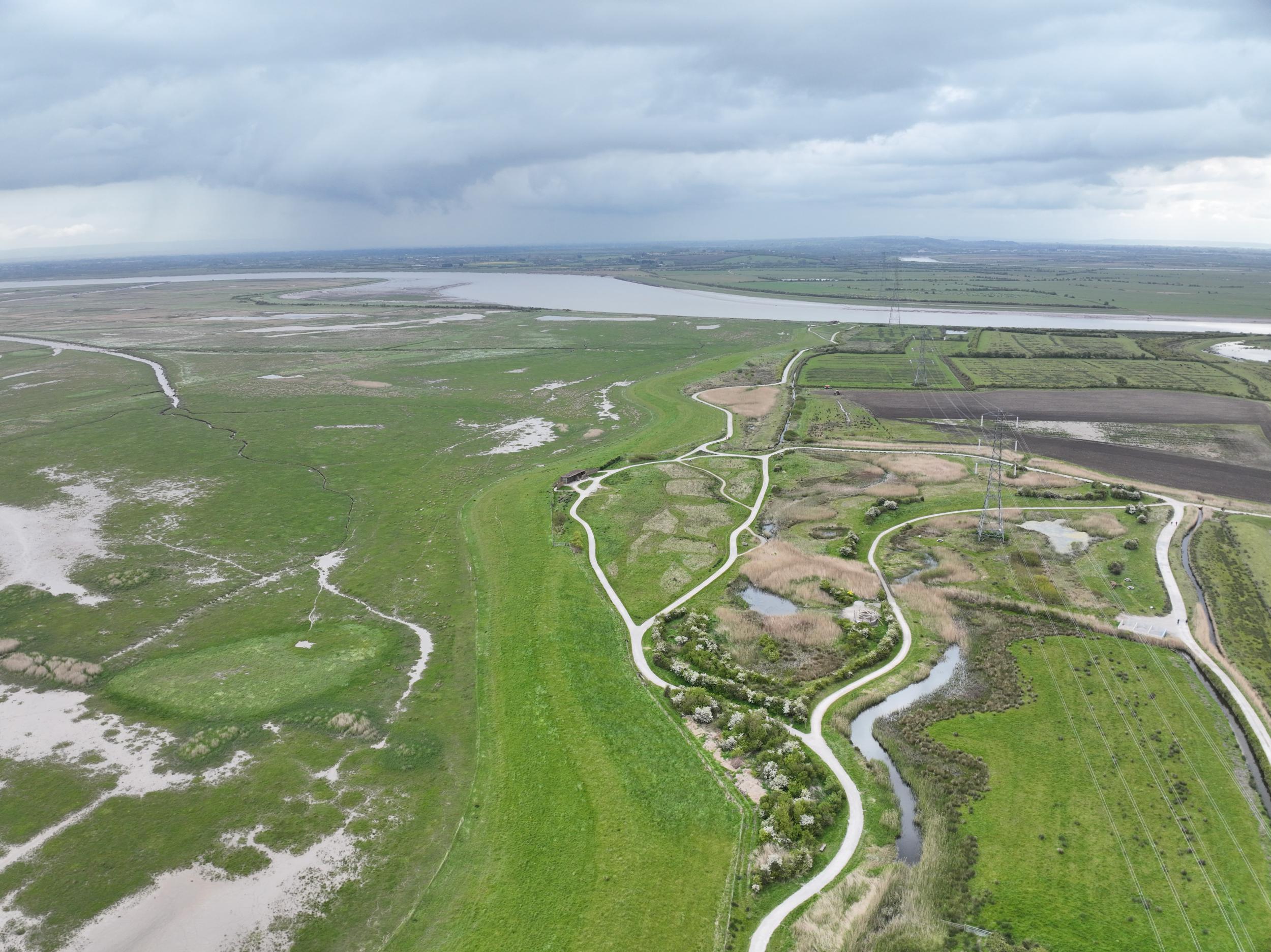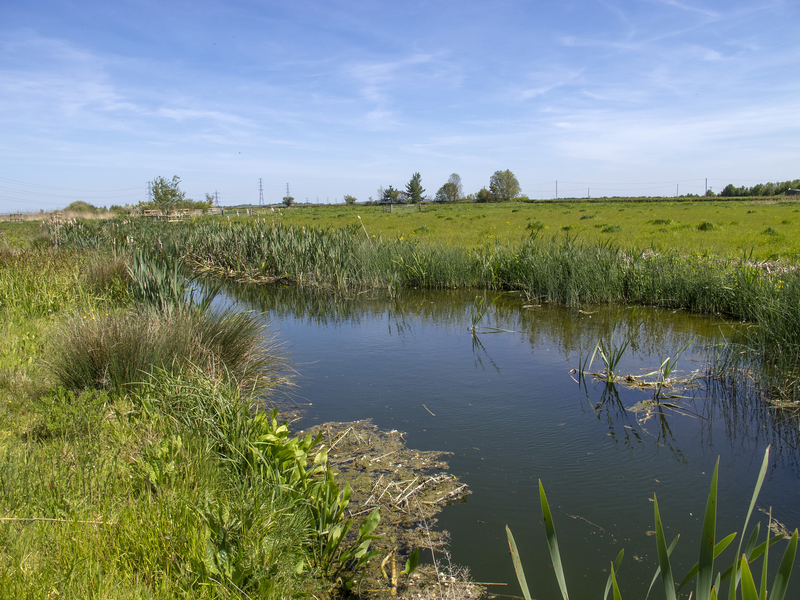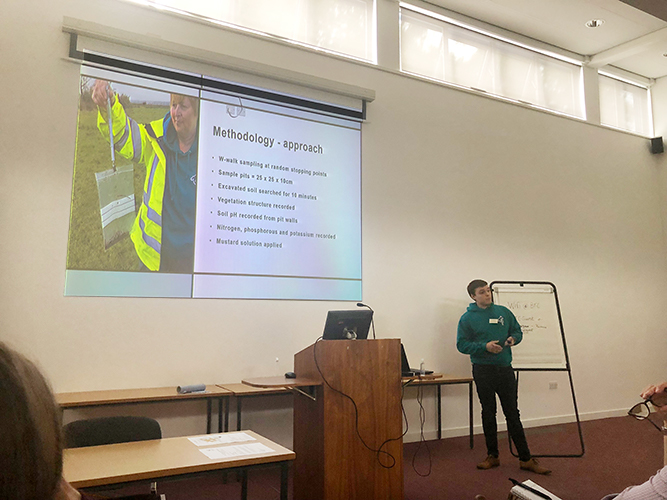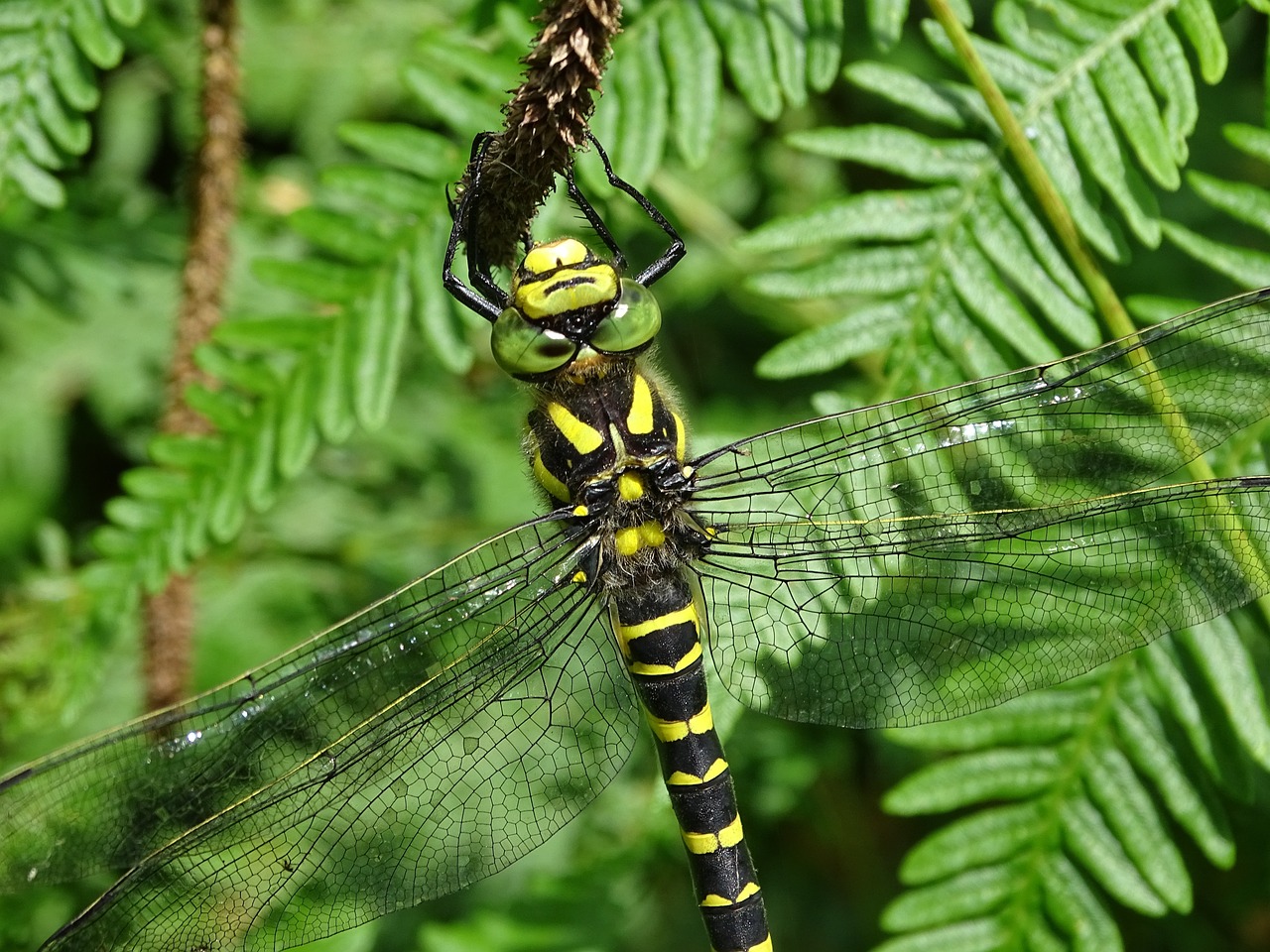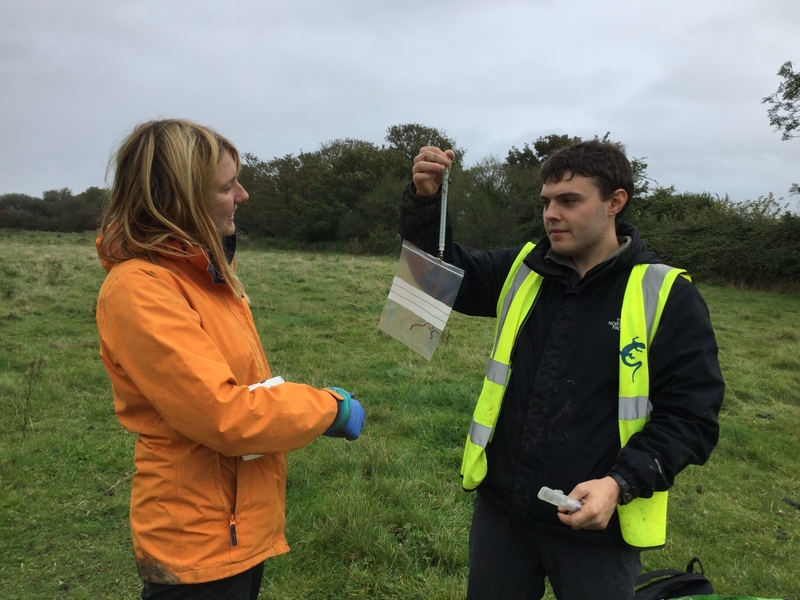WWT Steart Marshes, Somerset
Geckoella has undertaken work at WWT Steart Marshes comprising a series of ecological, drone and environmental parameter surveys. The site forms part of the Somerset Wetlands Super National Nature Reserve, associated with the Severn Estuary internationlly important wetland (SSSI/SPA/SAC/Ramsar).
Embankments off the River Parrett were breached in 2014 to create Steart Marshes as one of the UK’s largest new wetland reserves. The hundreds of hectares of man-made saltmarsh and freshwater wetlands now act as a buffer for local infrastructure from rising sea levels and also create fantastic habitat for a mix of wetland wildlife including otters, egrets, owls, waders and waterfowl. Steart Marshes is the first of the WWT’s ‘Working Wetlands’, showing how wetlands can be productive economically as well as for wildlife.
In 2019, Geckoella started to work with WWT, and we are pleased to be part of their extensive research community, which looks at many different aspects of the saltmarsh, mudflats, brackish lagoons and freshwater wetland features as they develop and change over the years.
In 2019 we carried out invertebrate biomass surveys, to help inform management to assess prey availability for wading birds, including comparative surveys at the long-established WWT Slimbridge reserve in Gloucestershire. Using Steart Marshes in Somerset as a trial and with the help of Dr Mark Steer from UWE, Geckoella have been developing and testing an invertebrate sampling methodology for wetlands. This involved digging pits along a ‘W-shaped’ transect, sorting soil samples by hand and identifying visible invertebrates including annelid worms in the field f possible, or taken back to the laboratory. We also recorded soil pH, vegetation structure and sward height, and as well as securing lab analysis for levels of phosphate, nitrogen and potassium. The trials have shown that the methodology could pick up differences between wetland ecosystems and was particularly effective in freshwater ecosystems. This methodology could be employed in the future to understand how invertebrate biomass in soil ecosystems responds to different management practices and could add to our understanding of how invertebrate biomass influences site selection by protected species, such as breeding waders. Senior Ecologist Josh Butterworth presented the preliminary findings at WWT Steart Marshes’ annual research day in 2020.
In 2021 Geckoella focussed on brackish and freshwater ditch assessments across the reserve – identifying plant and invertebrate assemblages. Further habitat surveys and drainage feature mapping across Bridgwater Bay NNR in collaboration with WWT and Natural England. In 2022 Jamie Foster presented our drone assisted surveys into water structure management at the WWT ‘Steart Research Day’ Symposium . This highlighted the use drones to identify areas where drainage could be modified to change the water levels on the site. More information about this and drone surveys can be seen at https://www.geckoella.co.uk/project/in-a-league-of-our-drone/
Our work continues at Steart Marshes including: botanical assessments of grazing marsh, salt marsh, aquatic, brackish and freshwater habitats, using UK Habitat Classification, NVC, SSSI Common Standards Monitoring approaches. Targeted Odonata surveys has led to Steart Marshes now being designated a National Dragonfly Hotspot.
The data from these surveys has contributed to project evaluation, site management plans, and applications for agri-environment and other funding. All of which mean the area will thrive for long into the future.
